NHTSA's Cell Phone Proposal is 'Disturbing': Technology Group

There’s no denying that distracted driving is a dangerous epidemic, but consumer and safety advocates are split on the best ways to tackle it.
While the proposed guidelines for mobile device makers issued last week by the National Highway Traffic Safety Administration won applause from safety groups, one consumer technology organization has accused the regulator of overreach.
It’s a “slippery slope” argument, now that the federal government wants mobile devices to operate in the same way as in-car infotainment systems.
Gary Shapiro, president and CEO of the Consumer Technology Association, slammed the proposal. Describing distracted driving as “unsafe and unacceptable,” he said in a statement that tech companies have already helped by creating driver’s aids and hands-free calling solutions.
The folks at NHTSA wants more, however. The proposed guidelines — which would be voluntary even if made official — would see mobile device makers pressed to include a “driver’s mode” that locks out certain apps and games, as well as texting and other functions that could divert a driver’s attention. It also wants technology that detects “whether a driver or passenger is using a device.”
That’s where the CTA puts its foot down.
“NHTSA’s approach to distracted driving is disturbing,” said Shapiro. “Rather than focus on devices which could reduce drunk driving, they have chosen to exceed their actual authority and regulate almost every portable device. This regulatory overreach could thwart the innovative solutions and technologies that help drivers make safer decisions from ever coming to market.”
The swing from in-car systems to mobile devices would be a “dangerously expansive” broadening of the regulator’s reach, he added. While it opposes the NHTSA’s guidelines, the CTA continues its support of “common-sense measures,” including state-level legislation.
On the opposite end of the field is the National Safety Council. In comments submitted to the regulator, it asked that the guidelines become mandatory. The group stated that “the history of traffic safety in the U.S. is replete with examples in which voluntary compliance did not result in significant behavior change.”
The Alliance of Automobile Manufacturers, a powerful D.C.-based industry lobby group, hasn’t taken a firm stand. In an email to The Detroit News, communications director Wade Newton stated, “We believe it’s important to encourage drivers to use in-vehicle systems rather than handheld personal electronic devices that were not engineered for use in the driving environment.”
[Source: The Detroit News]

More by Steph Willems
Latest Car Reviews
Read moreLatest Product Reviews
Read moreRecent Comments
- 1995 SC I wish them the best. Based on the cluster that is Ford Motor Company at the moment and past efforts by others at this I am not optimistic. I wish they would focus on straigtening out the Myriad of issues with their core products first.
- El Kevarino There are already cheap EV's available. They're called "used cars". You can get a lightly used Kia Niro EV, which is a perfectly functional hatchback with lots of features, 230mi of range, and real buttons for around $20k. It won't solve the charging infrastructure problem, but if you can charge at home or work it can get you from A to B with a very low cost per mile.
- Kjhkjlhkjhkljh kljhjkhjklhkjh haaaaaaaaaaahahahahahahahaha
- Kjhkjlhkjhkljh kljhjkhjklhkjh *Why would anyone buy this* when the 2025 RamCharger is right around the corner, *faster* with vastly *better mpg* and stupid amounts of torque using a proven engine layout and motivation drive in use since 1920.
- Kjhkjlhkjhkljh kljhjkhjklhkjh I hate this soooooooo much. but the 2025 RAMCHARGER is the CORRECT bridge for people to go electric. I hate dodge (thanks for making me buy 2 replacement 46RH's) .. but the ramcharger's electric drive layout is *vastly* superior to a full electric car in dense populous areas where charging is difficult and where moron luddite science hating trumpers sabotage charges or block them.If Toyota had a tundra in the same config i'd plop 75k cash down today and burn my pos chevy in the dealer parking lot


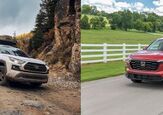














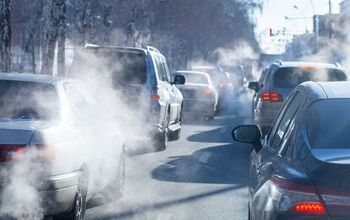



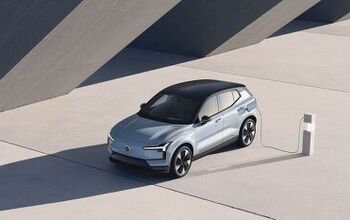

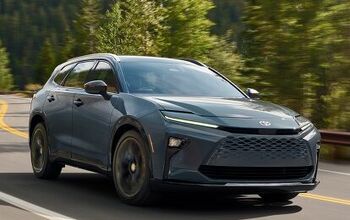
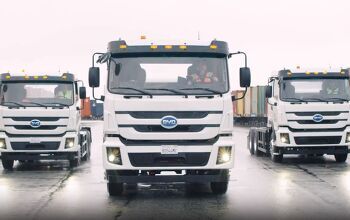
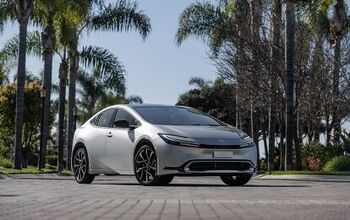



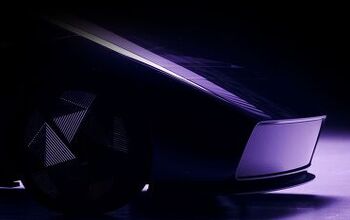

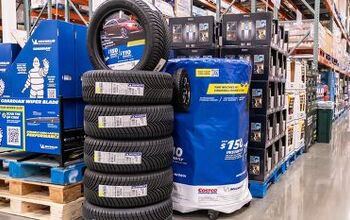
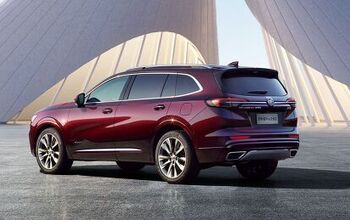
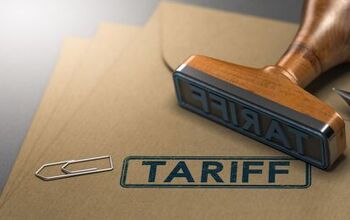
Comments
Join the conversation
The irony of all of this is pretty rich. For those old enough to remember, cell phones originally were car phones. That was because they were analog and transmitted 5 watts of output, far beyond the capabilities of any portable device. The slick installations had the handset in a cradle between the front seats, with the numbered buttons on top. If you were savy, you could program speed dial and get by with just pressing two digits (assuming you could remember which two digits connected you with the party you intended to call). No one was yapping about distracted driving then. That said, the proliferation of touch-screen menus in cars to operate all kinds of things, like the radio, the heat and the communications system makes for considerable distraction -- even without the smartphone. And I have to say, the Waze app kinds of ticks me off because people are always sending in stupid warnings (car stopped by the side of the road, pothole, etc.) which certainly is a distraction for the person sending. And then the app wants to know from the rest of us when we pass the location of the warning if it's still there. I will admit that real warnings from Waze are useful -- traffic jam, accident, speed trap; but this other stuff is just clutter.
My wife will only drive a manual car. She says it keeps her attentive and from being destracted by things like her phone. The more "automatic" my car gets, the more easily distracted I am. After all, when my car steers itself, radar cruise controls itself, and stops itself if there's a hazard, I can literally drive all the way to work on the highway without so much as touching the gas, brake, or steering wheel. Do that a few times and you start to trust it so much you question, "Why DON'T I do something else if I'm not driving". its a scary/slippery slope. The answer is- No infotainment. No auto trans. No auto cruise. No emergency Braking.... But then wait, those features actually cut accidents down. Perfection is impossible. thats what makes it so challenging! I often drive 12+ hours. Could you imagine not being able to use your phone as a PASSENGER on a 12 hour drive? THAT'S enough to bypass any safety mechanism right there.